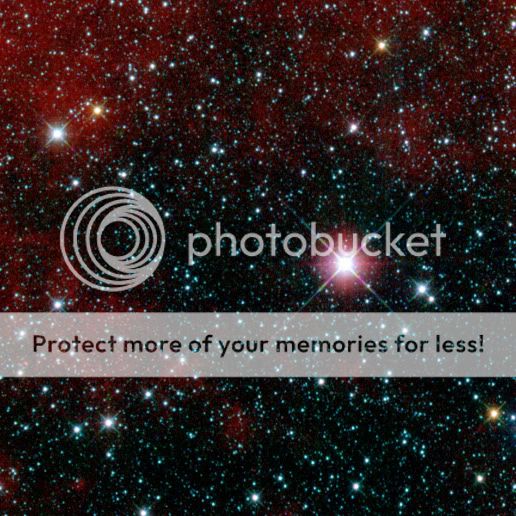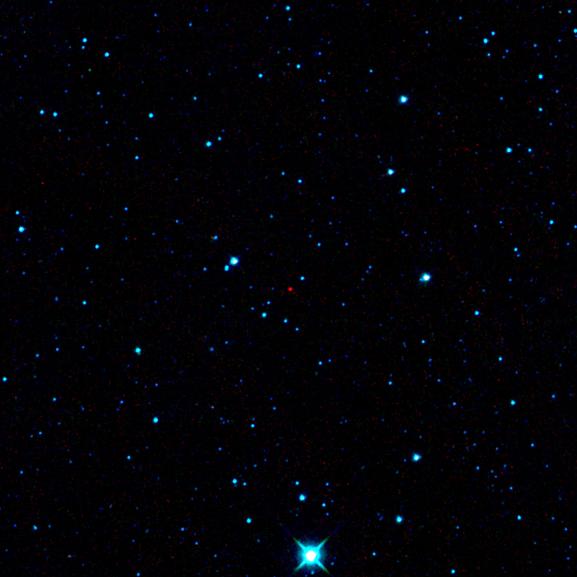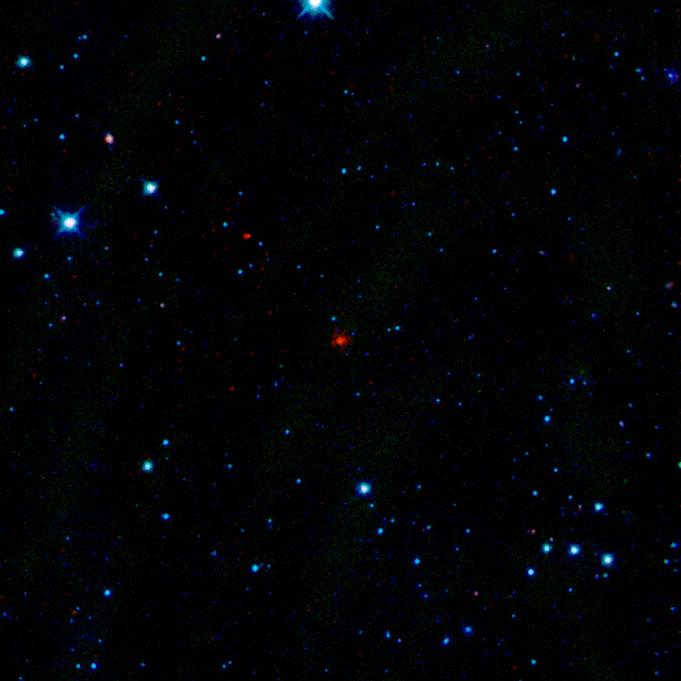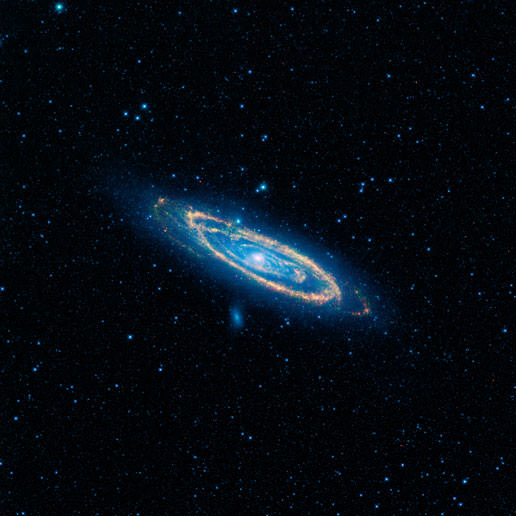3
3488
Guest
Re: WISE Mission Thread; Launch now Sched Dec 14
True, it does not sound much, but remember the detectors on WISE are radiation hardened & are specifically designed for space, not to mention the vibration of launch. Your hand held digital camera would not survive.
It is great news that the launch was successful. Another successful Delta 2 launch. I wonder if WISE will be used to observe the outer giant planets in the IR? Perhaps some extrasolar planets may be detectable (as in the IR the contrast against their parent suns is much less than in visible light).
Should be a fascinating mission. The launch could not have gone any better. :mrgreen:
Andrew Brown.
Shpaget":225qudfh said:woot, a new telescope
MeteorWayne":225qudfh said:the WISE will use detectors with a 1 million-pixel resolution.
That doesn't sound that much. There are number of hand held cameras that exceed 30 megapixel resolution. What am I missing here?
True, it does not sound much, but remember the detectors on WISE are radiation hardened & are specifically designed for space, not to mention the vibration of launch. Your hand held digital camera would not survive.
It is great news that the launch was successful. Another successful Delta 2 launch. I wonder if WISE will be used to observe the outer giant planets in the IR? Perhaps some extrasolar planets may be detectable (as in the IR the contrast against their parent suns is much less than in visible light).
Should be a fascinating mission. The launch could not have gone any better. :mrgreen:
Andrew Brown.







